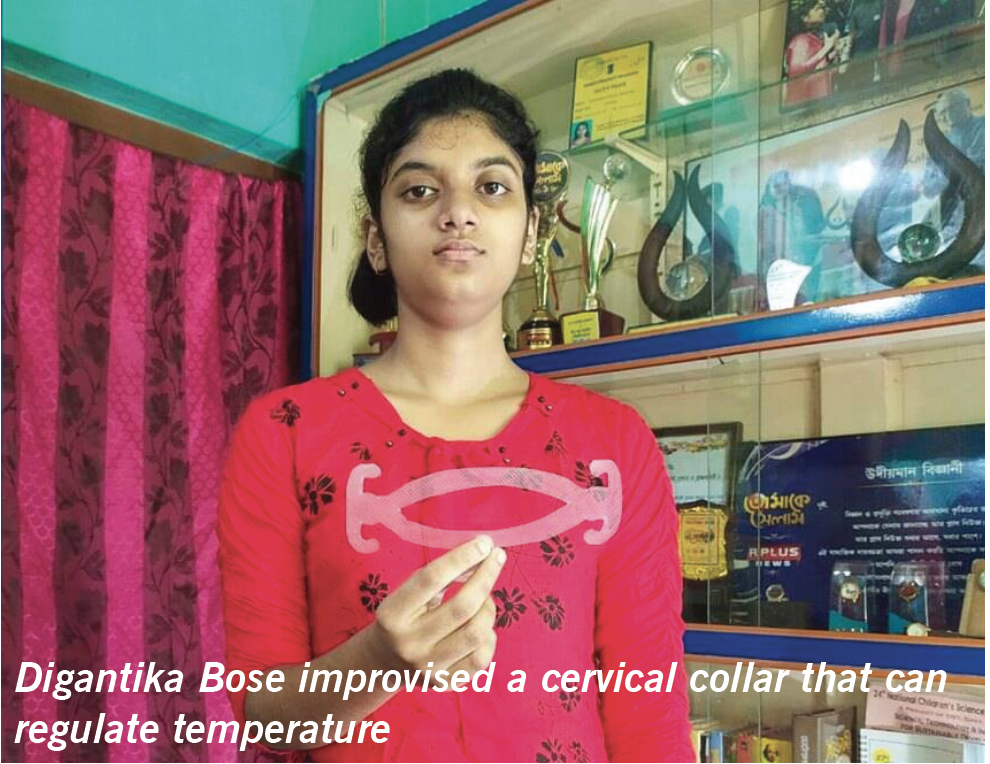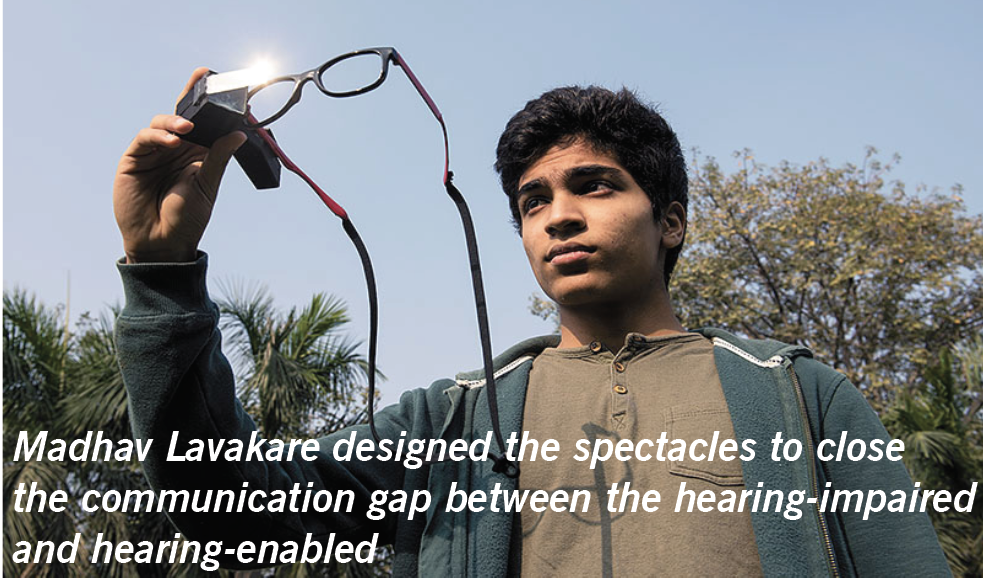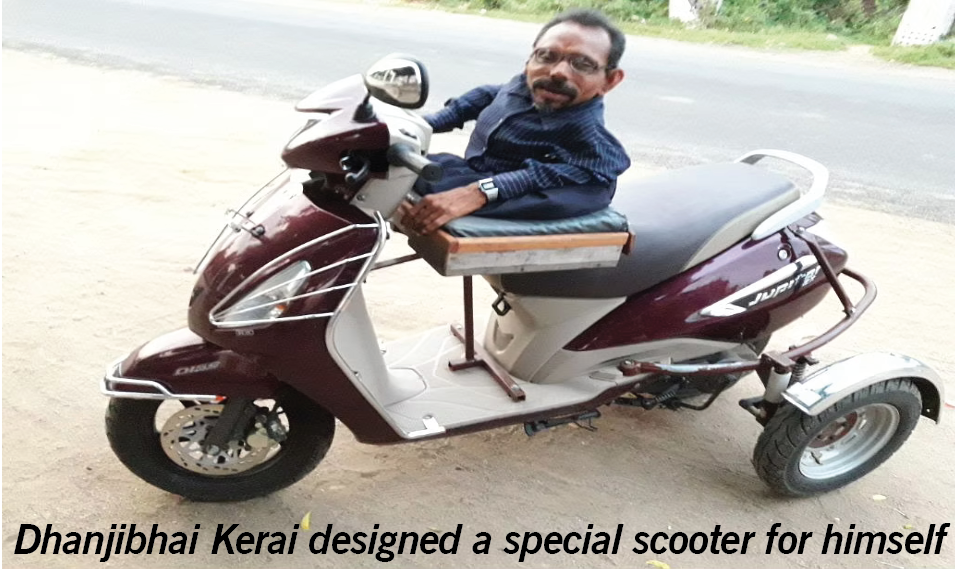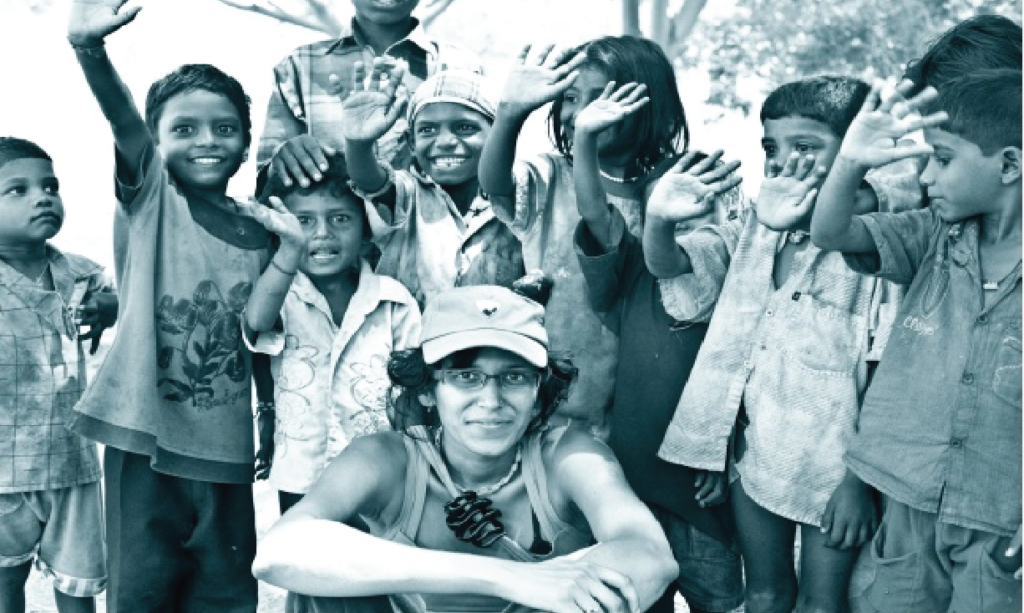Rapid innovations in the health and wellness sector are proving to be a boon what with new techniques and processes that are simple, comfortable and affordable. Vinita Pathak argues these are compatible with the existing and traditional systems of medicine.
If there’s one field that has immensely benefited from innovations, it’s the health industry. Modern medical science has made tremendous growth in the last century and along with it, several affiliated areas of medicine and alternate medicine systems such as Ayurveda, Homeopathy, etc. Innovations that have aided the medical sphere are not just medical equipment and devices but also products, techniques and processes that aid in improving human health and living.
Alefia Merchant was named Humanitarian of the Year by the Massachusetts Institute of Technology’s (MIT) Technology Review India. A medical student, Alefia developed a simple method to spot eye disorders in young children using images from a digital camera. Children coming from poor families do not have access to economical and cost-effective diagnostic tools. In the absence of timely diagnosis, vision threatening conditions before the age of five are not detected and millions of children continue to suffer with conditions that could have been treated on time.
Easy method for early detection of eye
disorders
Alefia developed this easy method as part of her community paediatric ophthalmology project at the Narayana Nethralaya Postgraduate Institute of Ophthalmology, Bengaluru. She was the co-investigator of the project along with Dr Ashwin Mallipatna, a consultant paediatric eye surgeon at the institute. She realised that millions of children never receive basic eye screening owing to economic limitations, ignorance, etc.
The method involves a photo-red protocol that uses a digital camera to elicit red reflexes. In order to obtain a red reflex, all the layers of the eye through which light passes must be transparent and the surface of the retina must be normal. Any noticeable change in the structure of the eye changes the optics of the reflected light and is detected by the altered reflex as seen in the photograph. With little training, health workers in rural and remote areas of the country can perform the test using a compact digital camera.
Simple ideas help solve complex problems

In Madhya Pradesh’s Rewa, Tarunendra Tyagi would watch decomposing animal carcasses lying around on village roads for days. The decaying bodies and the lingering stench bothered him. He also learnt that unattended decomposing animal bodies pose risk of disease and infection to humans too. So, he decided to find a solution to the problem and designed an animal carcass picking machine. The machine easily picks up animal carcass and makes way for a proper disposal of the carcass, in the process eliminating the risk of any infection to humans and other animals.

Digantika Bose’s grandmother was suffering from cervical spondylosis and would be in a lot of discomfort owing to the condition. Even the regular cervical collar would be uncomfortable to the grandmother. To help her, Digantika made a smart improvisation to the original cervical collar and attached a small fan at the front of the collar.
The fan regulates the temperature and humidity in the gap between the neck and the collar. Digantika also put in an additional air channel that allows for the fresh air to be released at the back of the neck. The smart cervical collar eliminates the physical discomfort and irritation caused by the normal cervical collar and makes it an easy to use product for those with cervical spondylosis.
Delhi-based Madhav Lavakare designed assistive spectacles for the deaf that has a voice to text conversion and display feature. The smart spectacle has a speech to text conversion feature that it can then be displayed on the screen of the glass. This enables those with hearing disabilities to understand what the other person is saying, by way of reading the text converted from the speech of the other person. Madhav wanted to create something that helps the deaf or those with hearing disabilities.

He designed the spectacles to close the communication gap between the hearing-impaired and hearing-enabled. With Madhav’s spectacles, people with hearing disabilities can easily communicate with those who can speak.
Another smart innovation was done by Sikkim’s Hema Pradhan who designed a shock absorbing stretcher. Hema comes from a region that often witnesses bad roads making travel extremely difficult and ‘bumpy’ for the villagers. She realised in an area where travelling is this difficult, it will be really challenging to take a patient in critical condition to a hospital without causing any further harm. Often in medical emergencies, patients have to be kept in a stable condition, especially those with spinal or head injuries. The shock absorbing stretched designed by Hema has a spring that works as a shock absorber. So, when the stretcher is used to carry a patient or when it’s picked up or brought down, the shocks during these movements are minimised, keeping the patient in a stable condition.
Using traditional knowledge for new problems
Pushpalata Saikia from Jorhat, Sikkim has been practising a traditional method to fix bone fracture and treat backaches for years. She learnt the process from her late husband and has treated more than 500 patients successfully using the process. Saikia’s household has been practising this process of treating broken bones for more than six generations.
The preparation method is unique to the Saikia household and includes a combination of herbs that are available in the forest at specific times of the year. The method and the contents of the preparation are a secret, known only to a few members of the family. The person who knows about the preparation reveals it to the eldest member of the family on his/her death bed. To maintain the secrecy of the family tradition, girls born in the family are not told about the exact specification of preparing the medicine and its application. Pushpalata treats 20 to 30 patients every day without charging any fee for the same.
Another traditional bone setter, Reviben Chaudhary from Mehsana, Gujarat has been treating humans and animals with bone problems, particularly dislocation of joints. She uses a home-made ointment for treating bones. She also treats children’s ailments, pregnancy problems and various veterinary diseases and disorders like fracture and dislocation of joints. She visits over 16 neighbouring villages and treats people and animals for free.
Scooter for the physically challenged

In Gujarat’s Kutch area, Dhanjibhai Kerai designed a special scooter for himself on which he can travel 150 km in a day easily. Born in a farmer’s family, Dhanjibhai was born physically challenged. He was two years old when a polio attack left him disabled permanently. He cannot use one hand and both his legs. He is one and a half feet tall i.e. about 0.5 metres and weighs 19 kg in all.
Despite his disability, he never lost hope. He could not attend a regular school but went to Praudh Sikshan Kendra – Elders’ Education Programme of the government for three months and learnt reading and writing to some extent. He also acquired knowledge and skill of repairing electrical and automobiles appliances. With the grit and determination, self-taught Dhanjibhai designed a special scooter for himself to become self-reliant and be able to live on his own.
The vehicle is basically an assembled scooter with the chassis and engine being that of Bajaj Priya and the outer body of Bajaj Chetak. It has two support wheels on either side for balancing the vehicle and a removable seat has been fixed in front of the usual driver seat for Dhanjibhai to reach the handle bars. A lever has been attached to the rear wheel brake, for the driver to be able to apply the brakes with his hand. The rear two wheels are kept a little higher so that the vehicle does not skid.

